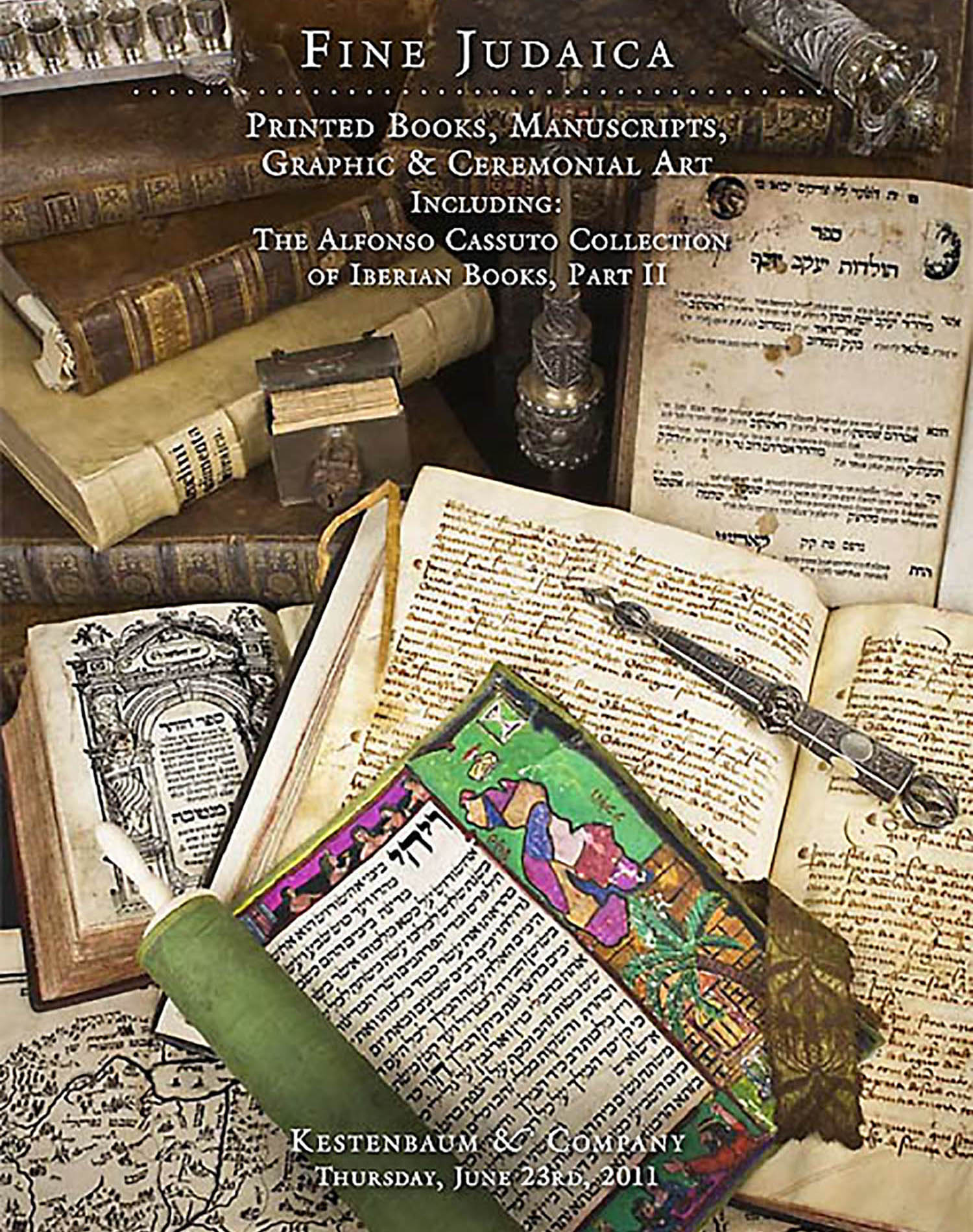(TRADITIONALLY attributed TO). Sepher HaZohar [“The Book of Splendor”]

AUCTION 51 |
Thursday, June 23rd,
2011 at 1:00
Fine Judaica: Printed Books, Manuscripts Graphic & Ceremonial Art Including: The Alfonso Cassuto Collection of Iberian Books, Part II
Lot 280
SHIMON B”R YOCHAI
(TRADITIONALLY attributed TO). Sepher HaZohar [“The Book of Splendor”]
Mantua: Meir b. Ephraim of Padua and Jacob Hakohen of Gazolo 1558-60
Est: $50,000 - $70,000
A COMPLETE SET OF THIS SUPREMELY SEMINAL TEXT. THIS SET IN UNCOMMONLY FINE CONDITION AND BEAUTIFULLY BOUND.
The most sacred and influential of all Kabbalistic works, the Zohar is the pre-eminent classic of world mystical literature, a quest for Divine unity and a search for insight into the mysteries of God’s Torah. “The Sepher Hazohar has amazed and overwhelmed readers ever since it emerged mysteriously in medieval Spain (Castile) toward the end of the thirteenth century.” Daniel C. Matt, Introduction, in his masterful translation: The Zohar, Pritzker Edition (2004).
Concomitant with the production of this first edition, there were many among Rabbinic and Kabbalistic circles who feared the printing of such an esoteric work - its meaning might be distorted by Christians in support of their faith, and the majority of Jews themselves could become confused by the implications of the Zohar’s mystical teachings. See D. Amram, The Makers of Hebrew Books in Italy (1963) pp. 325-27; Carmilly-Weinberger, pp. 53-55
